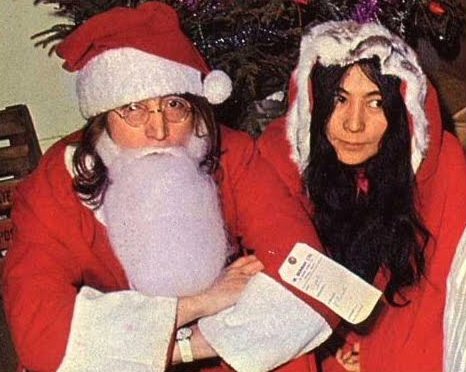 Kurt Cobain and Chris Novaselic
Kurt Cobain and Chris Novaselic
 Iggy Pop. Galleries Lafayette ad campaign
Iggy Pop. Galleries Lafayette ad campaign
 Bruce Springsteen and Clarence Clemons
Bruce Springsteen and Clarence Clemons
 Ian Anderson (lead vocalist of Jethro Tull)
Ian Anderson (lead vocalist of Jethro Tull)
 Bob Dylan. Must Be Santa (Nash Edgerton, 2009)
Bob Dylan. Must Be Santa (Nash Edgerton, 2009)
Based on a German drinking song, Must Be Santa is structured as a call and response, with the lead singer posing the question of who has a certain feature, with a chorus responding that Santa Claus has said feature. After every other verse, the list of features mentioned up to that point is reiterated, followed by the chorus of “must be Santa” repeated three times and ending with “Santa Claus.”
In November 2009, Bob Dylan covered Brave Combo‘s version of the song in a polka style for his Christmas album, Christmas in the Heart. The New York Daily News described Dylan’s version as such: “It’s sort of unclear if Dylan (…) was aiming to celebrate the holiday, or gently poke fun at the music’s Norman Rockwell-esque simplicity.”





















